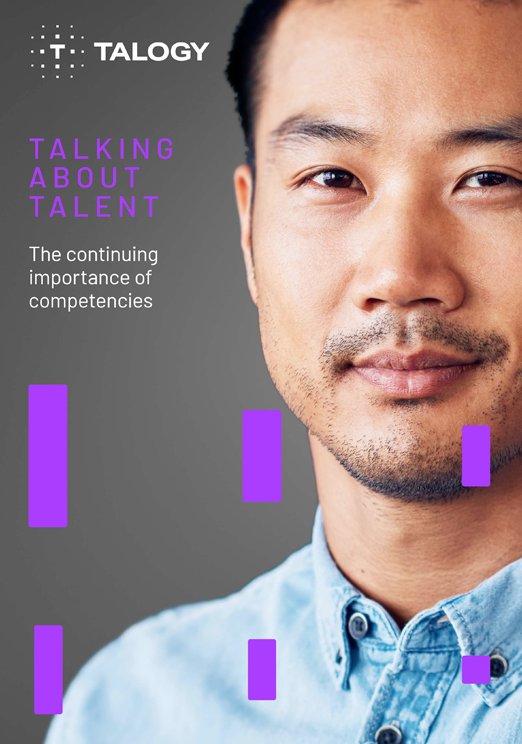The hiring landscape is more unpredictable than ever. In some industries, employers are struggling to find the right talent for critical roles, while in others, layoffs and hiring freezes have created a surplus of candidates. This push-and-pull dynamic makes talent acquisition more complex, but one truth remains constant: every hiring decision is critical, regardless of the economic climate.
The Challenge of Hiring in an Uncertain Market
Talent shortages persist in high-demand fields such as technology, healthcare, and skilled trades, where companies are competing for a limited pool of candidates. At the same time, other sectors have seen workforce reductions, leaving a larger number of job seekers vying for fewer positions. This volatility requires organizations to rethink their approach to talent acquisition and development.
Instead of reacting to short-term fluctuations, companies must focus on hiring smarter—ensuring that each new hire is a high-quality, high-impact decision.
Why Smarter Hiring Matters More Than Ever
Regardless of whether the candidate pool is too small or too large, organizations need consistent, science-based methods to ensure they are selecting the right talent. Making the wrong hire can be costly—not only in terms of financial resources but also in lost productivity, team disruption, and cultural misalignment.
Science-based hiring practices, including validated assessments, structured interviews, and data-driven talent insights, help organizations:
- Identify candidates with the right skills and fit: Beyond just qualifications and experience, assessments can help determine cognitive ability, problem-solving skills, emotional intelligence, leadership potential, and cultural alignment.
- Reduce turnover and increase retention: A poor hiring decision often leads to higher attrition. Assessments help organizations ensure they’re selecting candidates who are likely to succeed and stay within their unique environment and culture.
- Make objective, data-backed decisions: In times of uncertainty, gut instinct isn’t enough. A structured, science-based approach reduces bias and increases the likelihood of hiring success.
- Future-proof the workforce: By evaluating enduring leadership skills and potential, organizations can hire people who can adapt, learn, and grow as business needs evolve.
Hiring Success Isn’t About More Candidates—It’s About the Right Candidates
It’s a common misconception that a larger candidate pool makes hiring easier. In reality, more applicants do not necessarily mean better hires. Without the right tools, sorting through hundreds (or thousands) of resumes can lead to wasted time, inconsistent evaluations, and ultimately increased hiring risks.
On the flip side, when talent is scarce, it’s even more critical to make every hire count. The cost of a bad hire increases when the talent pool is smaller, as finding a replacement is even more challenging.
This is why organizations should shift their focus from “more candidates” to better-fit candidates. By leveraging proven assessments and structured hiring processes, organizations can increase their chances of hiring people who will thrive in their roles and contribute to business success.
The Right Hire is Important—No Matter the Economy
Whether companies are growing or downsizing, hiring decisions have a long-term impact. Every employee contributes to company culture, team dynamics, and business performance. Organizations that prioritize data-driven hiring and talent assessment strategies will be better positioned to succeed, no matter the economic landscape.
The bottom line? In an uncertain hiring market, one thing remains certain: making the right hiring decision is always mission-critical. Organizations that invest in smart, science-backed hiring practices will build stronger, more resilient workforces—today and for the future.
Want to learn more about how data-driven assessments can help you hire smarter? Connect with Talogy to explore science-based solutions that improve hiring accuracy and drive long-term success.

